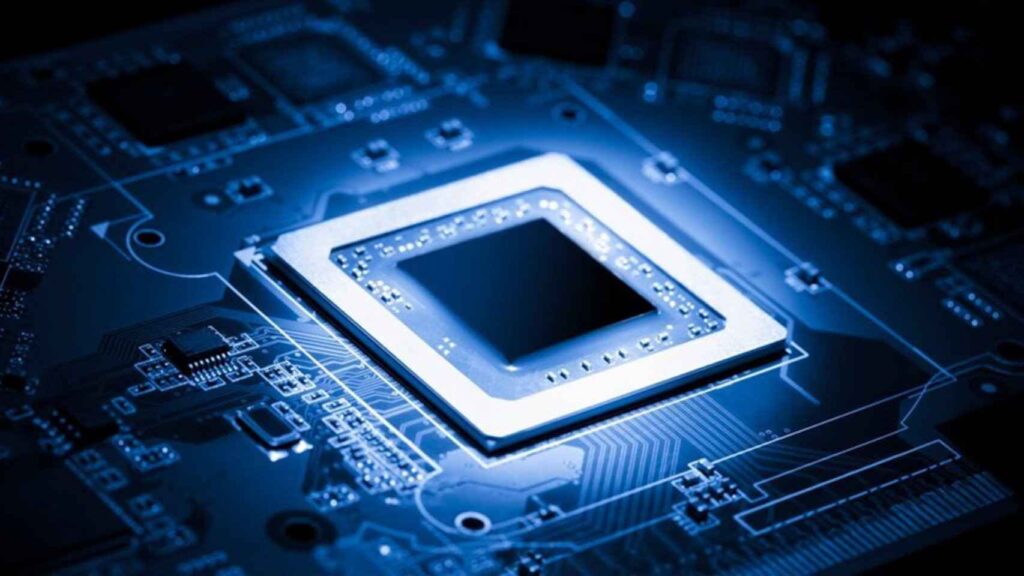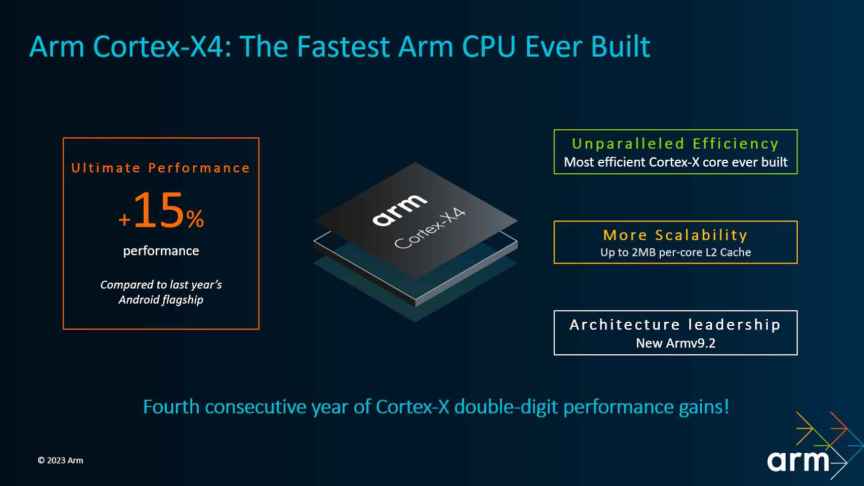Smartphones & Tablets | June 2, 2023

All modern smartphones sold have one thing in common: they are based on the ARM architecture created by the British company ARM. While there are several manufacturers like Qualcomm and MediaTek, they all actually license the same designs, which they then adapt to their processors and chips to get the most out of them.
Therefore, ARM receiving new designs is possibly one of the most important news for the industry this year because what has been announced today will impact the millions of smartphones that will be sold in the coming years. All future chips presented by manufacturers and used by all mobile brands will be based on these designs.
And the good news is that this will result in a tremendous improvement in raw power, as well as in philosophy. It’s not just that the new designs are more powerful, but they are based on a different concept, which will have significant consequences for future mobile devices.
Until now, ARM-based mobile processors used the ‘big.LITTLE’ philosophy, named so because they combine two types of cores: many cores that are less powerful but highly efficient, and a few cores that are very powerful but consume more energy. The Android system is capable of using either core depending on the needs and battery life; for example, most of the time, the ‘little’ cores are used because they are sufficient, resulting in longer battery life.
That changes now, at least to some extent. The efficiency of the new cores is so significant that it is now possible to use more ‘big’ cores than ‘little’ cores without negatively affecting battery life. This will translate into more powerful mobile devices that do not consume more energy.

Specifically, Arm has introduced three new core designs: one high-performance, one balanced, and one more efficient. However, the company expects processors based on these cores to use a 1+5+2 configuration. For comparison, current high-end processors are based on 1+3+4 or 1+4+3 configurations. In other words, there will be fewer efficient cores while there will be more powerful cores.
Additionally, the powerful cores offer superior performance, starting with the largest design, the Cortex-X4. This core promises a 15% increase in performance compared to current high-performance Android smartphones, making it the fastest core ever created by the company. They achieved this with an incredible 40% reduction in power consumption compared to the previous generation, the Cortex-X3.
The most widely used core will be the new Cortex-A720, which will offer a balance between power and efficiency. It has improved efficiency by 20% compared to the previous generation. It will also be a more versatile and capable core, with new instructions that allow it to adapt to different types of tasks. It’s no wonder that it will have the most units in the processors.

Lastly, the Cortex-A520 will be less commonly used, but this is intentional. It has been designed to work better in pairs and distribute background tasks on the mobile device. Two of these cores can share execution units to occupy the least amount of space while reducing power consumption by 22%.
In real-world terms, Arm claims that a processor with these cores in a 1+5+2 configuration has achieved results that are 27% higher in Geekbench compared to the previous generation. So, the upcoming mobile devices will represent a significant leap in power.

There will also be a leap in graphics performance. Arm has introduced the Immortalis-G720 GPU with ten cores, along with the Mali-GG720 with 6 to 9 cores and the Mali-G620 with up to 5 cores. It is the most efficient design to date, with a 15% performance improvement. But more importantly, there is a reduction in bandwidth usage, which will free up memory resources for apps to utilize. Arm has worked with real applications, including games like Genshin Impact and Fortnite, as well as professional apps like CAD software, and has recorded improvements of up to 41%.
The first chips based on these new designs are expected to be available by late 2023 or early 2024.